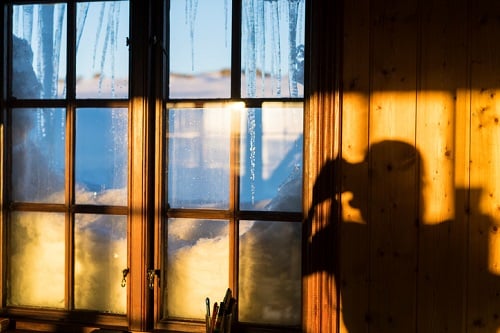The latest figures show Auckland saw a y/y rise for the first time in 6 months

For the first time in six months, Auckland saw a year-on-year rise for median property prices.
The region experienced a 1.4% growth to $852,000 in August, according to the latest data from the Real Estate Institute of New Zealand (REINZ).
Median house prices for the whole of New Zealand increased 3.6% year-on-year to $549,000.
For New Zealand excluding Auckland, the increase was even greater with a 6.2% annual increase from $428,500 to $455,000.
Only two regions saw a fall in median price year-on-year: Canterbury with a decrease of -0.5% to $425,000 and Southland with a decrease of -4.0% to $240,000.
August saw three regions achieve record median prices. Gisborne increased by 42.6% to $335,000, Tasman by 24.2% to $615,000 and Manawatu/Wanganui increased by 10.5% to $315,000.
Bindi Norwell, chief executive at REINZ said, “Above average temperatures for New Zealand in the final month of winter has had a positive impact on the real estate industry with prices increasing in 14 out of 16 regions across the country.
“The middle of the North Island and top of the South Island continue to see strong prices achieved as low listing numbers continue to drive prices upwards in these popular areas.
“After six months of flat prices in Auckland it is positive to see an increase as we head towards spring.
“Breaking the Super City down into its old regional boundaries has shown that areas with solid annual median price increases were Manukau and Waitakere Cities with rises of 10.1% and 5.1% respectively. Whereas, North Shore City saw a fall of -14.6% year-on-year to a median price of $915,000 the lowest median the North Shore has seen since January 2016.”
The number of houses sold in New Zealand during August increased by 3.1%, which amounted to an additional 188 properties, when compared to the same time last year.
However, in Auckland, the number of properties sold decreased by 2.4%. Therefore, looking at New Zealand excluding Auckland, the number of properties sold across the country increased by 5.6%.
Regions with the biggest annual increase in sales were Southland, with an increase of 23.8%, and Taranaki, with an increase of 23.3%.
Bay of Plenty was one of the regions with the biggest decrease of sales. The area dropped by 6.2%, making it the lowest number of sales for the month of August for four years.
Norwell added, “We’ve seen some mixed results this month in terms of volumes with 9 out of 16 regions seeing an increase in volumes year-on-year.
“However, those increases were enough to pull the national figure up with a 3.1% increase recorded across the whole country.
“As we head into spring, we expect more listings to come to the market which will naturally result in more sales so we may expect the overall numbers to be even stronger in the coming months.”
The REINZ report also showed that the number of homes sold for less than $500,000 across New Zealand fell from 46% of the market to 44%, which has been attributed to rising house prices.
The number of properties sold in the $500,000 to $750,000 bracket increased marginally from 27.3% to 28.2% in the year.
Properties sold for more than $1 million decreased ever so slightly from 13.3% in August 2017 to 13.2% in August 2018.
Norwell said “New Zealand’s housing market has finished winter in a solid position”.



